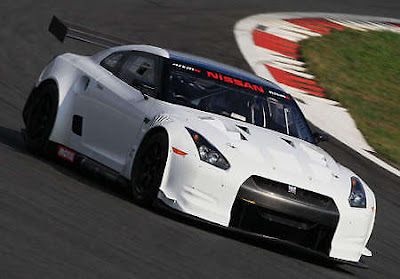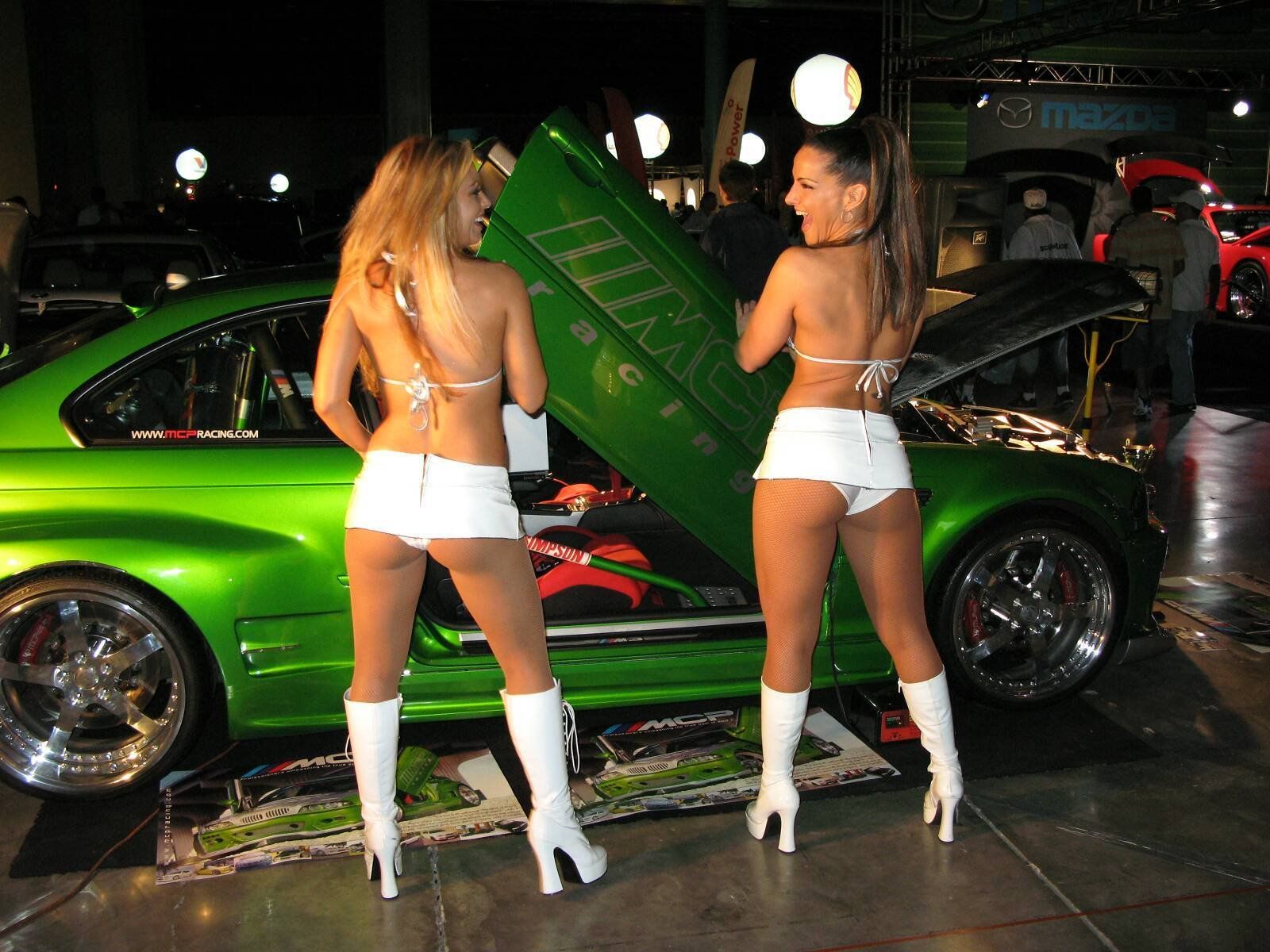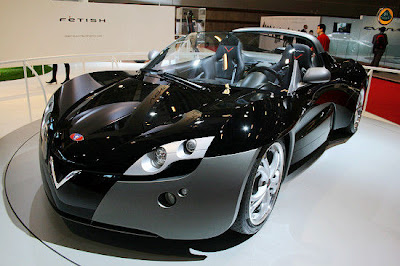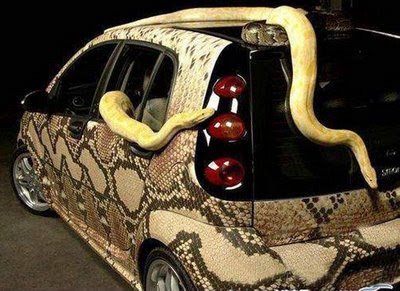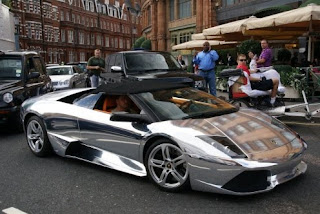|
|
|---|
Wednesday, June 30, 2010

The uniqueness of exclusive features of the new XKR 75 include increased performance by recalibrating the engine and transmission details, more power to 530p (compared with 510 PS on XKR), not much at 655nm torque (625Nm at cons XKR). In Jaguar XKR 75 there is no torque converter upgraded to handle the increased torque, suspension system enhanced to improve the accuracy and agility, increase the spring and damper rates (spring 28 percent of the front springs are fixed at the rear 32 percent more rigid), new aluminum front, the engine and completely revised rear suspension for improved vertical camber stiffness (up 25 per cent), dynamic Adaptive Re-listening damper control software, reduce no. ride height (15mm front and 10mm rear). This Jaguar features Body Pack finished aerodynamic body color front splitter, rocker extensions and rear diffuser, and body colored rear spoiler and larger rear deck lid finisher.
Tuesday, June 29, 2010
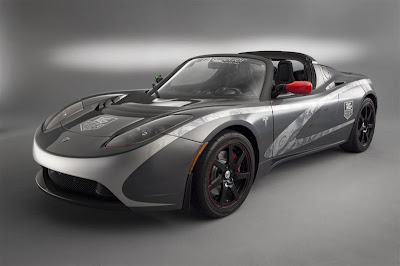
Labels: motor, super, Tesla Cars
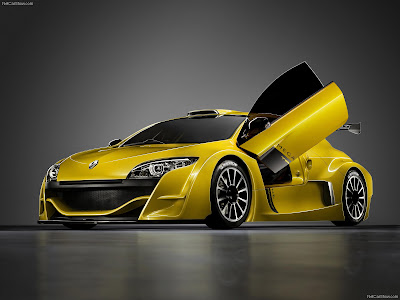
The new Renault Mégane Trophy features the same mechanicals as the current car, including an FIA-homologated sports-prototype tubular chassis, a mid-rear V6 3.5 24V engine.The most visible change concerns its new body design which takes its inspiration from the lines of New Mégane Coupe. Under the bonnet, a fresh look has also been taken at the Renault-Nissan Alliance's V6 3.5 24V powerplant which now delivers 360hp.A new inlet manifold, which is fed by roof-mounted air-ducts, has taken engine power from 330 to 360hp. The new car's reliability is as excellent as ever with rebuild intervals of every 5,500km. Combined with the aerodynamic gains, the extra power output of the V6 3.5 24V engine will enable new Renault Mégane Trophy to lap in times similar to those of a Porsche GT3.
Labels: coupe, engine, Renault Cars, sebring

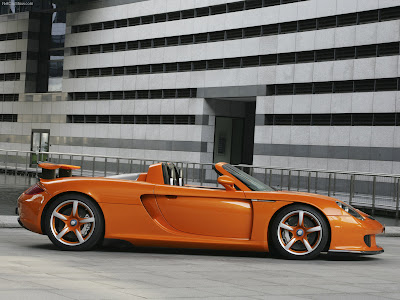
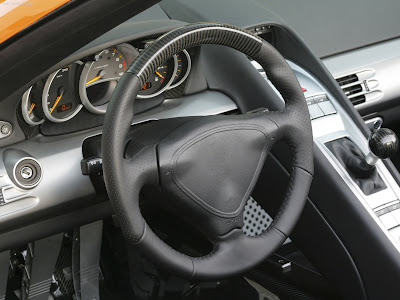
The TechArt designers have developed aerodynamically efficient custom-tailored body components made from exposed carbon fiber that serve as a visual contrast to the metallic-orange special paint.Both benefit not only the engine sound that escapes through the two production tailpipes; the modifications also increase maximum power output from 612 hp / 450 kW to some 635 hp / 467 kW.The low-reaching front spoiler reduces lift on the front axle at high speeds further and thus further optimizes directional stability.TechArt has also developed a three-piece gurney flap that serves as the aerodynamic counterpart in the rear.The center piece of the separation edge extends together with the pop-up rear wing and in combination with the fixed spoiler edges on the left and right produces additional downforce on the rear axle.
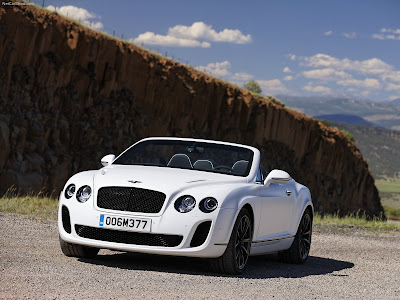

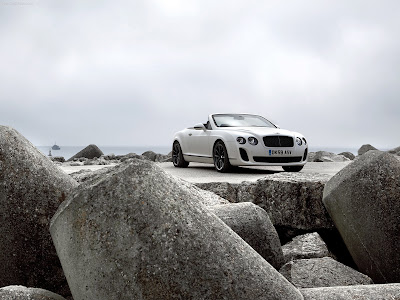
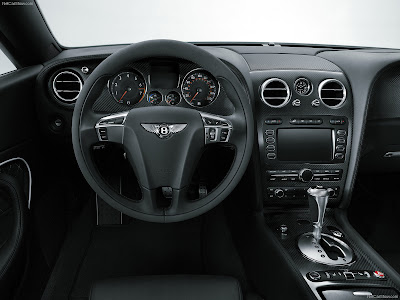
The new Supersports Convertible, with the same 630PS (621bhp/463kW) twin-turbocharged W12 engine, is the fastest, most potent drop-top Bentley has ever built, offering the ultimate Bentley driving experience in the world's most dramatic convertible.A highly focussed, pure Bentley driving experience
With 630PS (621bhp) and 800Nm (590lb ft) of torque from its pioneering FlexFuel engine and new 'Quickshift' transmission, the Bentley Continental Supersports Convertible is the fastest drop-top Bentley has ever built. It accelerates from 0-60mph in 3.9 seconds (0-100km/h in 4.2 seconds) and, conditions permitting, can continue onto a top speed of 202mph (325km/h).The Bentley Continental Supersports Convertible also shares its ride height with the GTC Speed, sitting 10mm (0.4in) lower at the front and 15mm (0.6in) lower at the rear than the standard GTC.The 9.5Jx20-inch forged alloy wheels, shared with the Supersports Coupé, offer a weight saving of 10kg (22lb) per car, reducing unsprung and rotating mass while the open 10-spoke design offers superior brake cooling. The rear wheels have a 25mm (1 inch) greater offset resulting in a 50mm (2 inches) increase in the rear track, further benefiting handling and stability.Eye-catching, black gloss Bentley-branded brake calipers act on the carbon ceramic brakes. Surrounding the brakes are the unique 20-inch, forged alloy wheels with Smoked Steel-finish which are exclusive to Supersports models. Large diameter tailpipe trims round out the car's purposeful stance when viewed from the rear. Beneath the bonnet Supersports badges grace the cover of the 630PS (621bhp) W12 engine.
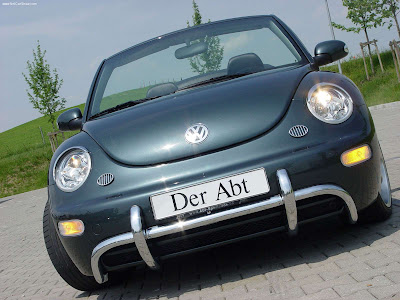

The ABT VW New Beetle Cabriolet including two types of back-silencers, an aluminium gear lever knob, aluminium pedals, stainless steel running boards, as well as a set of floormats displaying the Abt Sportsline logo. Additionally, a New Beetle owner can choose between 14 wheels, one of them being the brand-new Z5 wheel (8 x 18") presented on the IAA motor show.The 2.0-litre engine receives a power plus to ca. 105 kW (143 hp) thanks to capacity enhancement by 200 cubic centimetres, a customized Abt crankshaft, special pistons, Abt camschafts, a cylinder head modification, a mid-silencer, optimised air ducting as well as changes to the electronic engine management. Abt expertise in the ECU field ensures an increase in the 1.8-litre turbo-engine from 110 kW (150 hp) to 142 kW (193 hp). For the 1.9-litre TDI, Abt provides an increase from 66 kW (90 hp) to 85 kW (112 hp).A front grill, chrome fog headlamp frame, headlamp visor and the matching V-rims (7.5 x 17 inch) rounds off the New Beetle body kit from the House of Abt.A very special example of the New Beetle caused a sensation in German rallying: Together with natural gas supplier Thyssengas, Abt enters a Beetle in the German Rally Challenge series and the German Rally Championship. The highlight: The 230 hp model uses natural gas instead of traditional fuel.
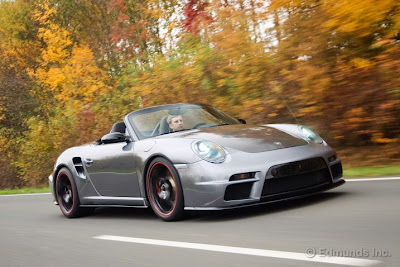
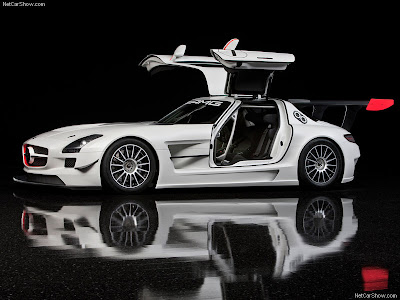
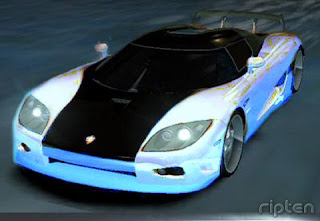
Labels: Need for speed, racing, speed
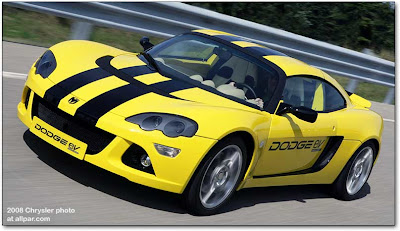

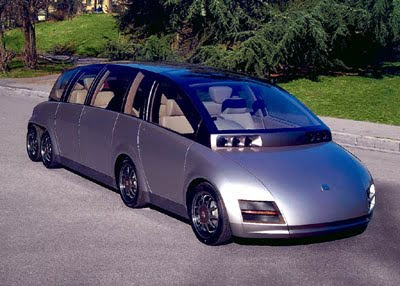
Labels: Advanced fast cars, luxury cars pics, motor, wheel
Monday, June 28, 2010

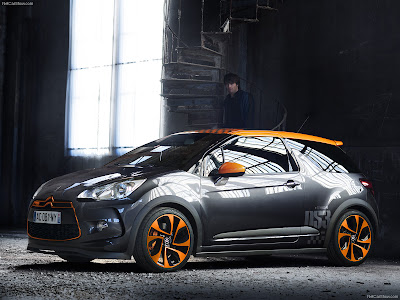
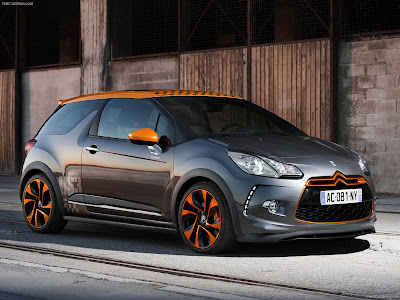
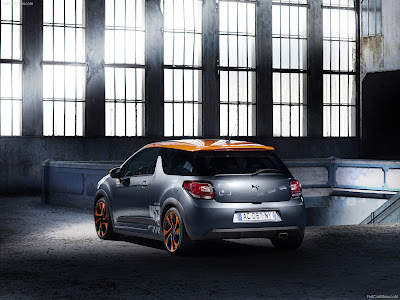
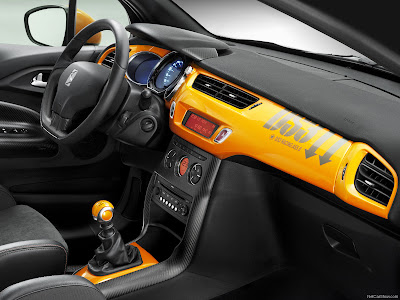
Citroën DS3 Racing is a special edition with a 100% sporting pedigree.The exclusive Citroën DS3 Racing will be limited to just 1000 production units.With integrated carbon-trimmed components and specialist motorsports equipment, Citroën DS3 Racing's tuned and turbo-charged 1.6-litre THP 150 engine develops 200hp - a power increase of almost 30% over the standard unit - with a torque increase of 15% from 240Nm to 275Nm.The Citroën DS3 front wheels get 4-piston racing callipers and special disc-brakes - with drilled discs at the rear.The new Citroën DS3 Racing edition inherits Citroën Racing's expertise in motorsport design to provide advanced technological and stylistic sporting prowess.Based on the existing DSport powered by the THP 150, production Citroën DS3 Racing editions will be finished in a special workshop and fitted with a parts kit developed according to Citroën Racing specifications.
Labels: Advanced fast cars, Citroen Cars, edition, engine, motor, racing, Specifications, wheel

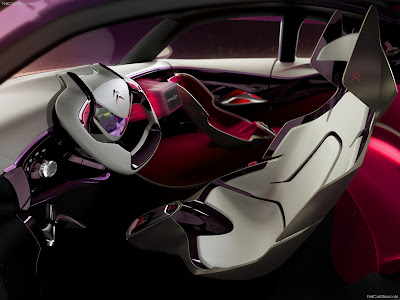
Citroën REVOLTe Concept also provides the option of CO2-free driving with the ability to run in all-electric ZEV (Zero Emission Vehicle) mode.At the very front of Citroën REVOLTe Concept, a backlit glass element is incorporated into the grille - this original feature highlights the chevrons above, subtly asserting the concept's identity as true Citroën.Citroën looking to the future by taking inspiration from its cool past. Where the 2CV was plain and neutral, REVOLTe is luxurious and colourful; where the 2CV was basic and simple, Citroën REVOLTe Concept is intelligent and technologically advanced and where the 2CV was slow and bouncy, REVOLTe is lively and spirited.Citroën REVOLTe is a visually-stunning low stance, Citroën REVOLTe Concept measures just 3.68m long, 1.73m wide and 1.35m tall.
Labels: Advanced fast cars, Citroen Cars, cool car
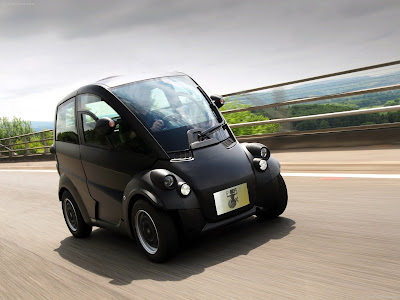
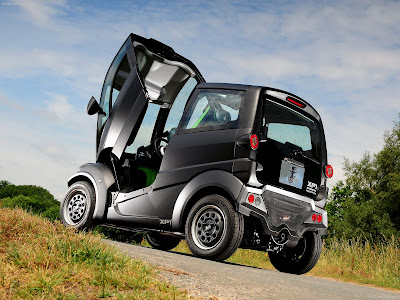
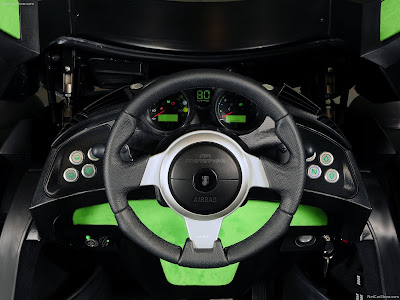
Gordon Murray Design's T.25 City Car will make its first public appearance at the Smith School's World Forum on Enterprise and the Environment in Oxford.A world leading 6 metre turning circle will help with urban manoeuvring and parking whilst its 1.3 metre width opens any opportunity for timed lane zones with 2 vehicles travelling and over taking in one lane.This reduces capital investment in the assembly plant by at least 80%.The ultra lightweight by design (approximately 550kg) means that:component life is increased. Reduced energy is required to power vehicle, giving rise to higher fuel efficiency (mpg/electric battery range).A competitive power to weight ratio is achieved.Six internal layout options with rear seat adjustment (adjustable within 20 seconds) sets new standards in small vehicle packaging - a long way in front of the Smart For 2 and the Toyota iQ.Occupant capacity of between 1 and 3 persons. Luggage capacity of between 160 litres and 720 litres.
Labels: cars battery, Solar Cars, Vechicles
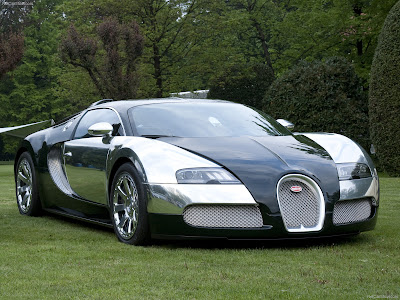
The Bugatti Veyron Centenaire is a very expensive and good looking car in the world .The Type 35 Grand Prix was by far the most successful racing model. The unmistakable radiator grille and eight-spoke aluminium wheels of the Type 35 have become defining features of the Bugatti automobile. In its day, the Grand Prix was also well ahead of its time in terms of engineering ingenuity.The Grand Prix's brake drums were integrally fitted into its lightweight aluminium wheels. Unfastening the central wheel nut allowed the wheel to be easily removed within a matter of seconds and the brake to be exposed. This was a crucial advantage at the pit stop.Supposedly called the Centenaire edition, reports suggest the special Veyron an increased power rating – word on the street has always been that the Veyron's quad-turbo W16 was always capable of more than the already astronomic 1000 horsepower rating it got – up to some 1350 horses, good enough to boost the top end up to 420 km/h (261 miles-per-hour) from the current benchmark of 400 km/h (253 mph). Special paint schemes and trim pieces will surely be part of the mix as well, but hitting the Willard Scott mark may prove enough to warrant a more substantial birthday gift if the rumors are to be believed.
Labels: auto, Bugatti Veyron, Car Drifting, edition, engine, model, racing, RALLY, vantage
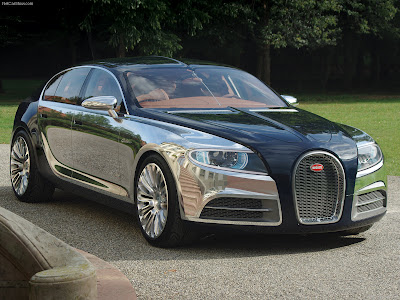
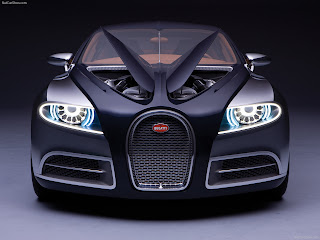
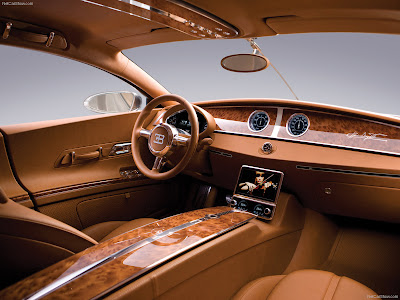
The Bugatti Galibier's design masters the challenge of uniting sportiness with the comfort and elegance of a modern four-door saloon. The basic architecture picks up on the torpedo-like character of the Type 35, which was already revived in the Bugatti Veyron, and reinterprets it.The Bugatti Galibier i16-cylinder,8-litre engine with twostage supercharging and features 64 valves, generating 1001 horsepower at 6000 rpm.The Bugatti Galibier engine special is that it was developed as a flex-fuel engine and can optional be run on ethanol. Four-wheel drive, specially developed ceramic brakes and a new suspension design enable the agile, always-sure handling of a saloon of this size. The engine draws on its 8-litre displacement to deliver a maximum torque of 1250 Newton-metres between 2200 and 5500 rpm. Apply the brakes at speeds above 200 km/h, and the rear wing acts as an airbrake, positioning itself at an angle of 113 degrees in less than 0.4 seconds, augmenting the Bugatti Veyron's already impressive stopping power. The airbrake increases negative lift at the rear of the car to 300 kg, enhancing the braking torque on the rear axle. At 400 km/h, emergency braking will bring the sports car to a complete halt in less than 10 seconds.This striking and unparalleled harmony between luxury and sportiness is complemented by alloy-coloured details in the form of the chromed Bugatti grill and door-mirrors, as well as polished wheel surfaces and roof-rails. All-black front lights, air intakes, filler caps and door-handles naturally heighten the stunning effect of the racing-blue brake callipers.
Labels: Bugatti Veyron, engine, luxury cars pics, racing, RALLY, speed, wheel
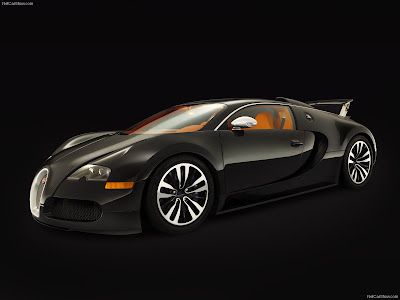
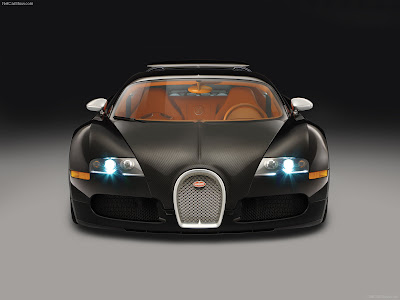
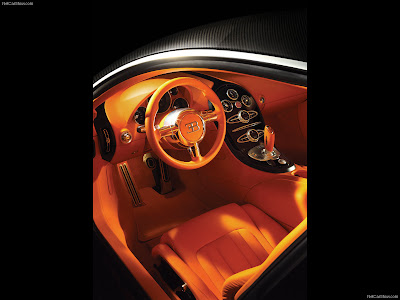
The Bugatti Veyron Sang Noir is a special edition, created for the true automotive connoisseur.Similar to its thoroughbred predecessor, the Type 57S Atlantic, the Bugatti Veyron Sang Noir exposes a raptor-like DNA that is reflected throughout the entire model history of the marque..The Bugatti Veyron Sang Noir is a special edition, created for the true automotive connoisseur.The 16-cylinder "W" configuration engine is fed by four turbochargers and features 64 valves, generating 1001 horsepower at 6000 rpm. The engine draws on its 8-litre displacement to deliver a maximum torque of 1250 Newton-metres between 2200 and 5500 rpm. Apply the brakes at speeds above 200 km/h, and the rear wing acts as an airbrake, positioning itself at an angle of 113 degrees in less than 0.4 seconds, augmenting the Bugatti Veyron's already impressive stopping power. The airbrake increases negative lift at the rear of the car to 300 kg, enhancing the braking torque on the rear axle. At 400 km/h, emergency braking will bring the sports car to a complete halt in less than 10 seconds.This striking and unparalleled harmony between luxury and sportiness is complemented by alloy-coloured details in the form of the chromed Bugatti grill and door-mirrors, as well as polished wheel surfaces and roof-rails. All-black front lights, air intakes, filler caps and door-handles naturally heighten the stunning effect of the racing-blue brake callipers.
Labels: auto, Bugatti Veyron, edition, engine, luxury cars pics, model, racing, RALLY, speed, turbocharger, wheel
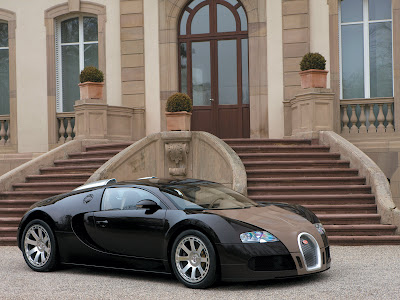
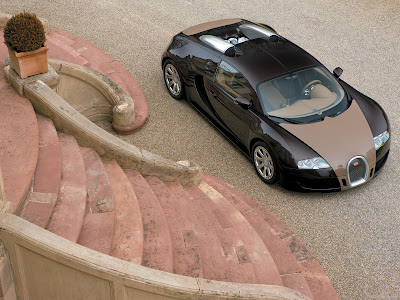

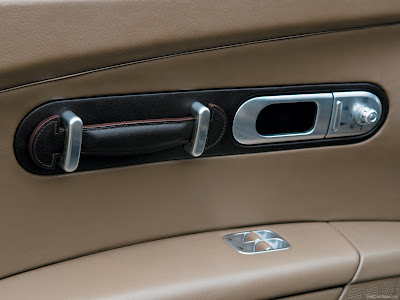
The "Bugatti Veyron Fbg par Hermès", associat-ing Bugatti's technical performance with the expertise of Hermès and its craftsmen.The fascination exerted by this sports coupé, capable of reaching 407 km/h.The 16-cylinder "W" configuration engine is fed by four turbochargers and features 64 valves, generating 1001 horsepower at 6000 rpm. The engine draws on its 8-litre displacement to deliver a maximum torque of 1250 Newton-metres between 2200 and 5500 rpm. With full-time all-wheel drive, the car's phenomenal power produces breathtakingly dynamic handling, with acceleration from 0 to 100 km/h in a mere 2.5 seconds. Apply the brakes at speeds above 200 km/h, and the rear wing acts as an airbrake, positioning itself at an angle of 113 degrees in less than 0.4 seconds, augmenting the Bugatti Veyron's already impressive stopping power. The airbrake increases negative lift at the rear of the car to 300 kg, enhancing the braking torque on the rear axle. At 400 km/h, emergency braking will bring the sports car to a complete halt in less than 10 seconds.This exceptional model - in toning colours of ebony and étoupe, or ebony and brick - is priced at 1.55 million euros (not including tax), available at the end of 2008.
Labels: Bugatti Veyron, Car Prices, engine, model, speed, turbocharger, wheel
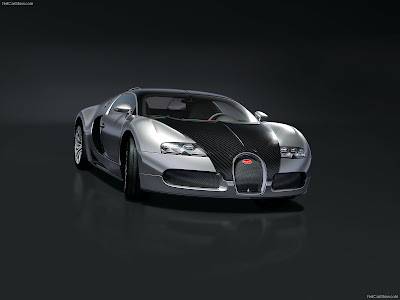
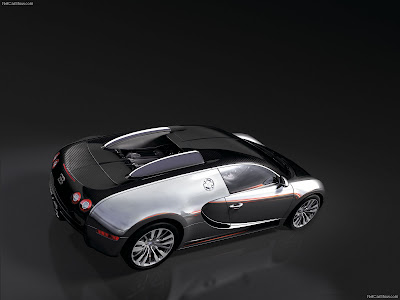
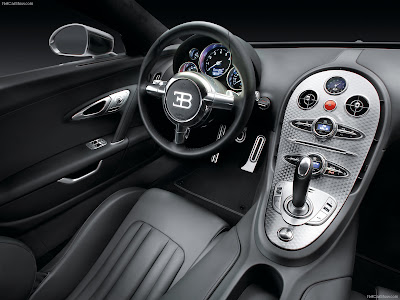
The Bugatti Veyron is very expensiv car in the world.Visitors to the Atelier in Molsheim are always intrigued to see the Bugatti Veyron's high-tech components being meticulously assembled into an automotive work of art.The .The result is the EB 16.4. Bugatti Veyron Pur Sang, a two-tone study of pure materialness showing the car's true essentials: carbon and aluminium. The carbon monocoque holds the engine plus the passenger cell, while the polished aluminium panelling is enhanced by reflections in the sculpted bodywork.This lends shape and a unique body sculpture to the car, covering the wheels in a muscular and powerful expression by way of elaborately shaped fenders. Highly polished, these perfectly tensioned shapes strongly visualize the fascinating surface reflections that define every Bugatti Veyron.
Labels: auto, Auto show, Bugatti Veyron, engine, wheel
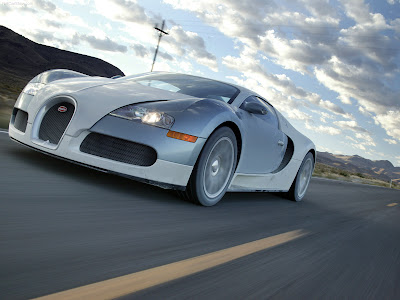
The new Bugatti Veyron 16.4 super sports car has set off a wave of exceptionally positive reactions from customers.It is therefore no wonder that the United States, without a doubt the most important market for the Bugatti Veyron 16.4, heads the list of Bugatti's contact points. Coming in after the United States are the most important European markets, Germany, Great Britain, Switzerland and France.
The Bugatti Veyron Cylinder capacity is 7,993 cm,Power output: 736 KW (1,001 hp) at 6,000 rpm,Max. torque: 1,250 Nm from 2,200 - 5,500 rpm and Gearbox: 7 Gear DSG
Performance
Top speed: 407 km/h
Acceleration:
+ 2.5 sec 0-100 km/h
+ 7.3 sec 0-200 km/h
+ 16.7 sec 0-300 km/h
Braking distance: 31.4 m 100-0 km/h
Gearbox shift time: < 150 ms
Tyres
Tyres, front: 265-680 ZR 500A (99Y) PAX System
Tyres, rear: 365-710 ZR 540A (108Y) PAX System
Fuel Consumption
In town: 40.4 l
Out of town: 14.7 l
Combined: 24.1 l
Labels: Bugatti Veyron, speed, super

Labels: Bugatti Veyron, engine, speed
